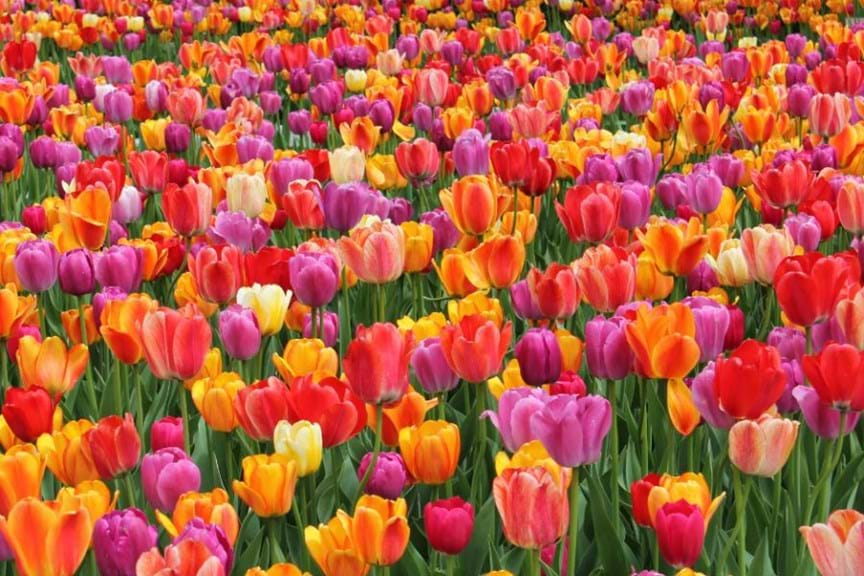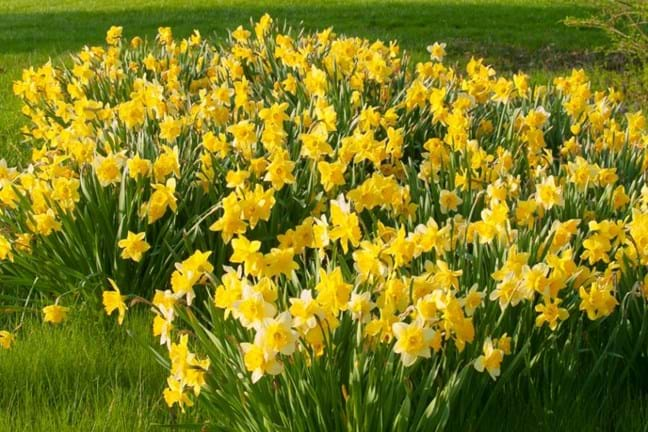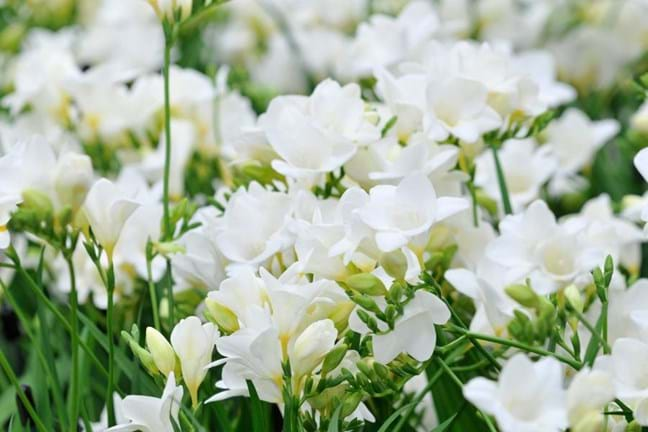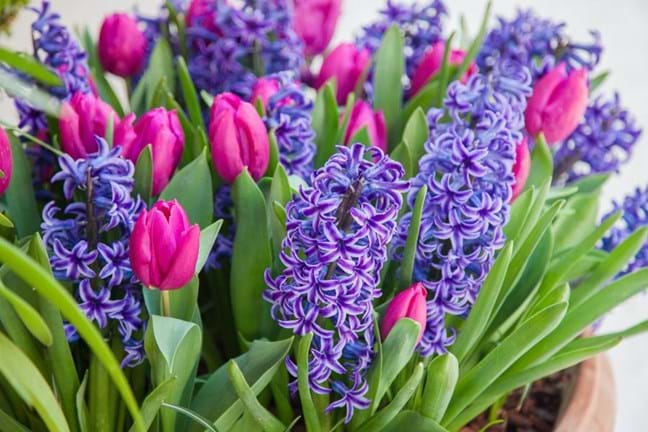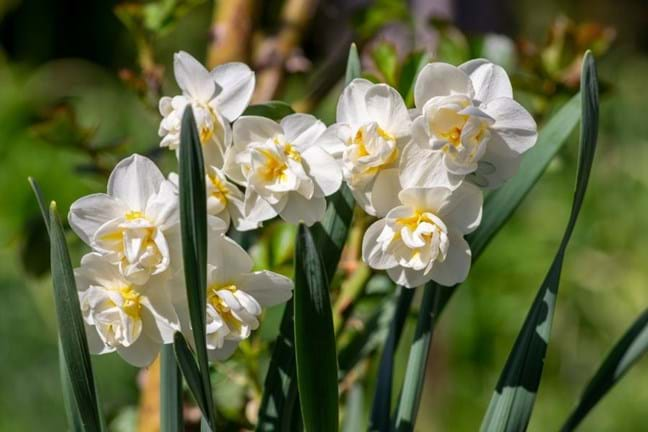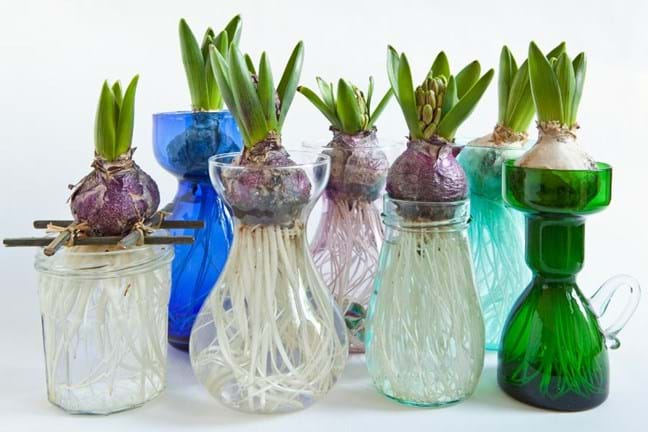How to Grow Spring-Flowering Bulbs
Sublime spring-flowering bulbs like Tulips, Daffodils and Anemones dazzle us with their beautiful blooms and Jonquils, Hyacinths and Freesias fill the air with fragrance during late winter and spring. Whether you create swathes of gorgeous colour in garden beds or brighten an outdoor area with a pot packed with bulbs, autumn is the time to get planting.
